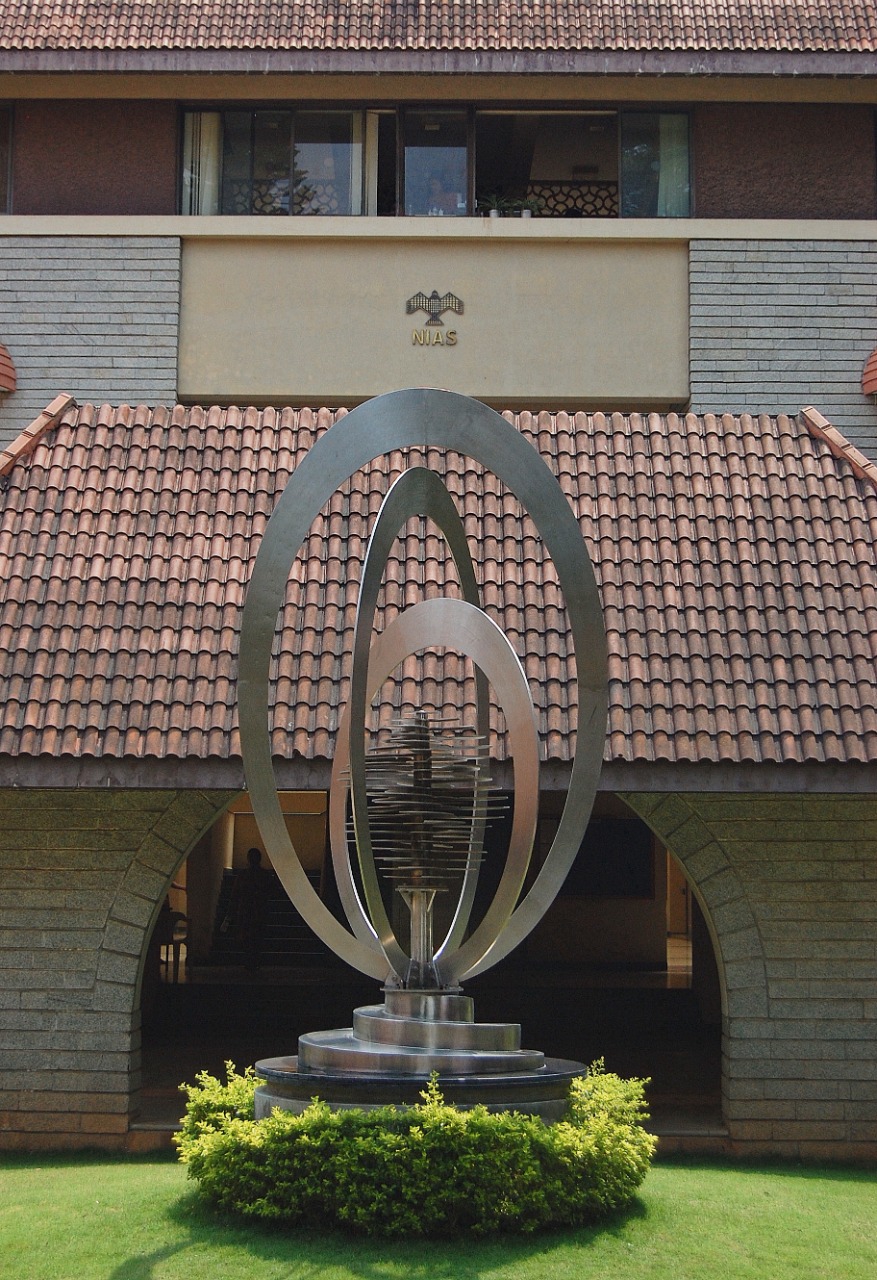
On September 1, 2013 at 19:16 UTC a Chinese Long March 4 C rocket placed a new ELINT constellation of Yaogan satellites into an 1100 km 63.4 degree inclination orbit.
The three satellites Yaogan 17A, 17 B and 17 C fly in a stable triangular formation. This arrangement of satellites made possible by the inclination of the orbit helps in the location of electronic emission signals over a very large area.
Modern naval ships are constantly emitting electronic signals as part of their regular activities. Capabilities to sense these emissions and then locate the sources of these emissions are critical for anti-access and area denial strategies over the oceans.
The Yaogan 17 triplet joins the Yaogan 9 and Yaogan 16 constellations of ELINT satellites. All of them are launched from the Jiaquan Satellite Launch Centre and fly in similar 1100 km 63.4 degree inclination orbits. The Yaogan 17 constellation would complement the Yaogan 9 constellation (which may be nearing the end of its life) and the more recently launched Yaogan 16 triplet of satellites to provide a near continuous global update on the location of high value naval targets such as aircraft carriers.
Though the Chinese media reported the purpose of new satellites as remote-sensing/scientific applications, land survey, crop yield assessment and disaster monitoring it is clear from the orbit characteristics that this is a part of the operational Anti-Ship Ballistic Missile (ASBM) System that China has put in place as a part of its anti-access and area denial strategy.
In addition to the Yaogan 9, Yaogan 16 and Yaogan 17 ELINT constellations, a number of other Yaogan satellites carry high resolution optical imaging and Synthetic Aperture Radar (SAR) sensors. These work in tandem with the ELINT satellites to provide more precise location information on potential high value targets. The ELINT satellites cover a large area of the sea within which the target is identified and located coarsely.
The orbits and launch times of the SAR and optical imaging satellites are chosen in such a way as to pass over the same areas covered by the earlier ELINT passes.
With the coarse location information provided by the ELINT satellites, the SAR and imaging satellites are commanded to image the target precisely by steering their instruments towards the coarse target position. These can then locate the target position more precisely.
Thus, the Yaogan series of satellites acting as “eyes in the sky” provide the needed C4ISR(Computer, Communication, Control, Command, Intelligence, Surveillance and Reconnaissance) capability for the Chinese to support a missile launch against the enemy target.
According to our assessment, six Yaogan satellites (Yaogan 2,4,7,8,11 and 13) with imaging sensors and four Yaogan satellites (Yaogan 10,12, 13 and 14) with SAR sensors are currently operational.
As mentioned in our detailed study on the ASBM, this architecture of the space segment coupled with on the ground Over-the-Horizon (OTH) radar and missiles with autonomous maneuver capabilities does provide a weapon to target high value targets like aircraft carriers on the high seas.
The latest launch confirms our earlier assessments that the Chinese do have an operational ASBM capability as a part of their larger anti-access and area denial strategy.
One should also keep in mind that the same configuration of satellites, Over-the Horizon (OTH) Radars along with precision weapons can also be used to attack and destroy high value targets on land such as radars, communications centres as well as command and control centres.
Editors Note: The ISSSP had authored a detailed report on the Chinese Anti-Ship Ballistic Missile (ASBM) capabilities. The entire report is can be accessed here
About the Authors
Professor Chandrashekar is JRD Tata Visiting Professor, International Strategic and Security Studies Programme, National Institute of Advanced Studies. He can be reached at chandrashekar.schandra[at]gmail.com.
Professor Soma Perumal is Adjunct Faculty, International Strategic and Security Studies Programme, National Institute of Advanced Studies. He can be reached at som598[at]yahoo.com.
